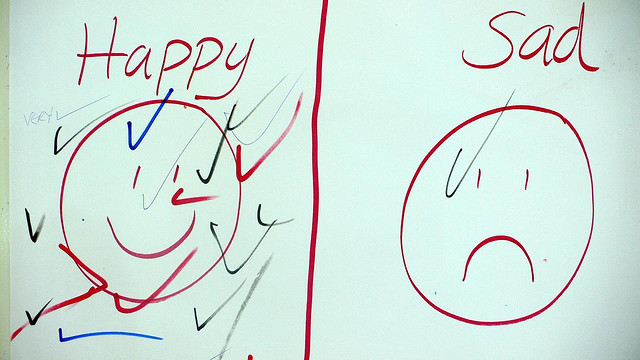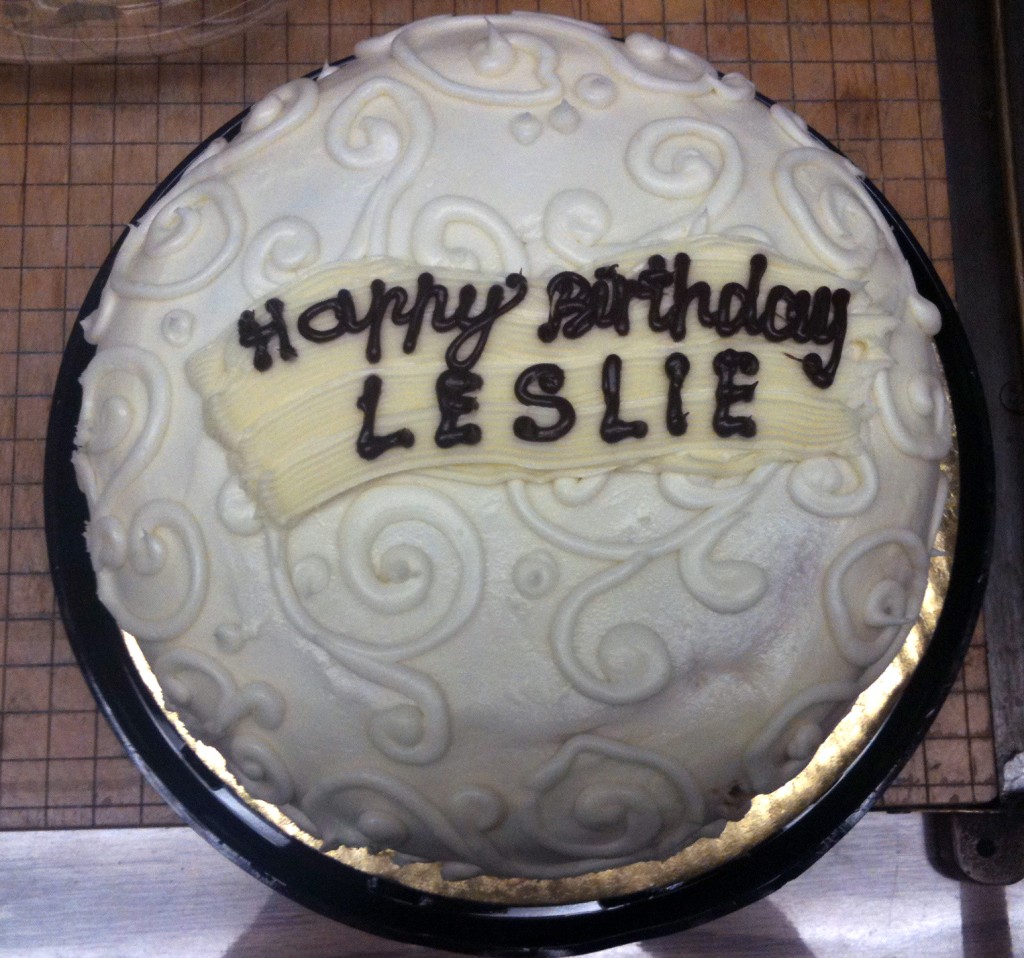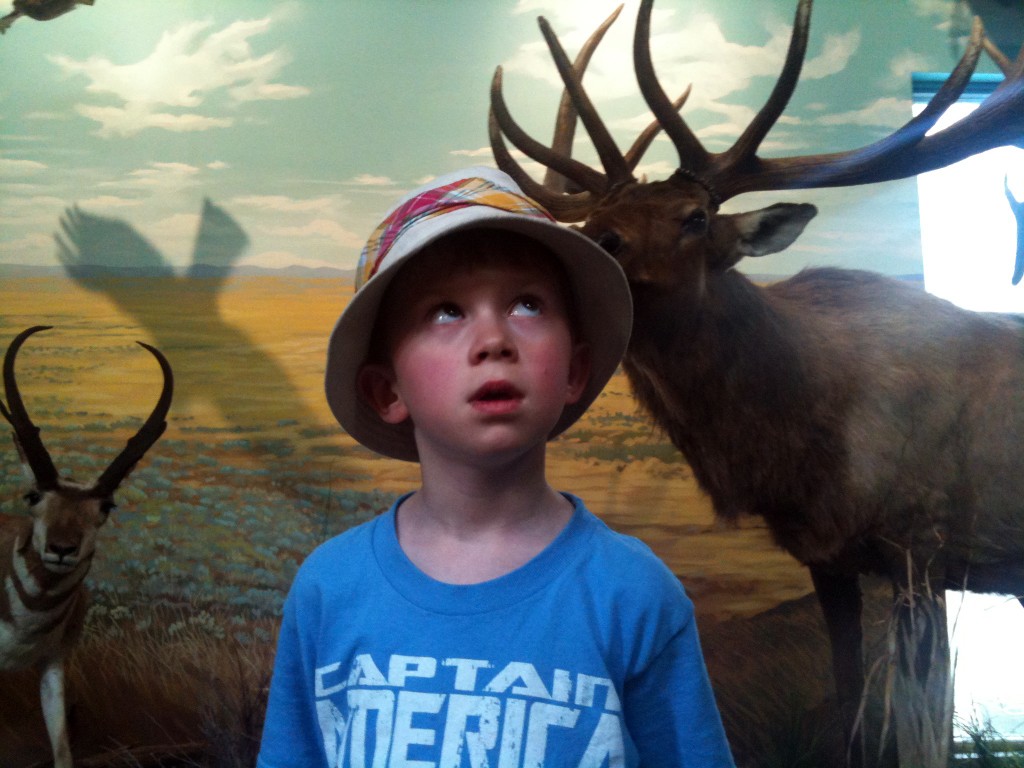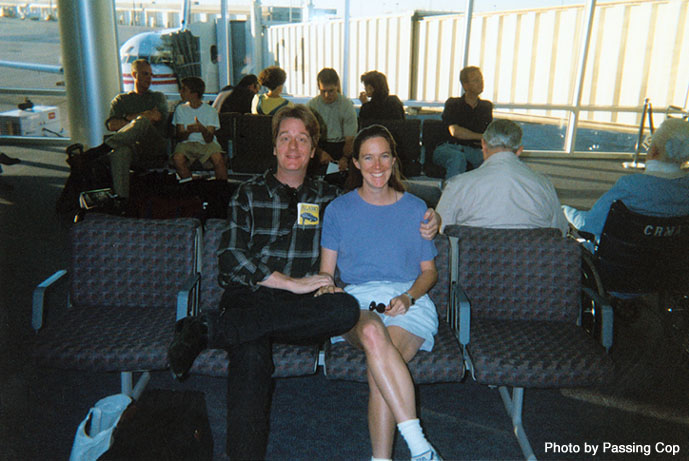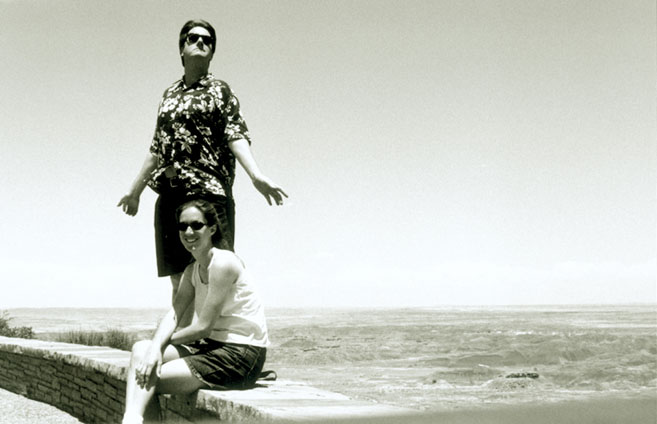I’m taking a brief online course, Critical Instructional Design, through Digital Pedagogy Lab. This blog post constitutes my response to the first assignment. Here’s the prompt:
For this assignment, consider the problem of the definition of critical instructional design. What do you think critical means? What does instructional mean to you? What is design? What do these words in combination with each other mean? And, more than definitional meaning, what does critical instructional design look like in practice?
Answering these questions is going to require more than a little divagation into autobiography—particularly the first one: “What do you think critical means?”
Critical
When I was an undergraduate at a small liberal arts college, the English and American Studies departments where I undertook a good deal of my coursework were, while politically progressive and eager to incorporate diverse artifacts, texts, and perspectives, relatively free of explicit theoretical practice. (There was a junior seminar on literary theory, but I didn’t take it.) Instead, students participated in relatively free-wheeling discussions of texts and other cultural phenomena. (Helen Vendler’s latest book, The Ocean, The Bird and the Scholar is a fine, albeit higher order approximation of how we explicated and interpreted poems.) Never did I have to think, “But what would Derrida—or Marx, Foucault, Saussure, Althusser, or Deleuze and Guattari— say about this text?” At age 20, I didn’t experience the anxiety of applying someone else’s lens to, say, literature or architecture that was, at least for me, already sufficiently complex.
This doesn’t mean we were solipsistic in our readings. We considered the cultural moments in which these works came into being. We applied existing theories and combinations of theories, certainly, but we didn’t necessarily know they emerged from named schools of thought.
When I went to grad school to get an M.A. in writing poetry, my program required us to take a certain number of literature seminars—something to which I initially looked forward. However, soon I realized many of the literature Ph.D. students believed their task for our weekly seminars was to force whatever work we were reading—Thomas More‘s Utopia, for example, or Sutton Griggs‘s Imperium in Imperio—through the disfiguring filters of their favorite critical theory, then attempt to glean brilliant observations from the pulverized parts, as if reading entrails.
At the time, I found the whole process distasteful. I had planned to move from the creative writing M.A. to a Ph.D. in literature, but my forays into graduate literature seminars turned me off that path.
Instead, I started a Ph.D. in a relatively old-school American studies program that embraced the roots of that interdiscipline—history and literature—while broadly defining what counts as “literature.” I enjoyed it, but for nonacademic reasons, I felt the pull of my home state of California, and I opted instead to enroll in a brand-new cultural studies Ph.D. program, naïvely thinking that “cultural studies” merely meant “American studies methods and interests, broadened to a global scale.”
Long story short: I struggled. There were a few theories I found super useful, particularly those of Sandra Harding, Donna Haraway, Patricia Hill Collins, and some cultural theorists working within museum studies and material culture. Many others—I’m looking at you, Judith Butler, Jacques Derrida, Haraway, and Gayatri Spivak—I understood and found interesting, but I was put off by how the density of their language took their work in a direction opposite from the democratizing, liberatory projects they wanted to construct. It was just too difficult for most people to read and understand, let alone translate into their own lives and work.
Perhaps not surprisingly, in my own work I took a vow of comprehensibility. I wrote a dissertation that would not be out of place in a graduate history program. I drew on the work of a couple of theorists and curtsied in the direction of others, but for the most part, I tried to be more pragmatic in the everyday sense of that term: I wanted my work to be useful to other people. For that to happen, it had to be accessible.
I suppose the tl;dr for this section is: Because of my academic experiences with cultural studies and critical theory, I struggle with the meaning of the word “critical” in an educational or academic context. So much of this particular kind of thinking ends up being intellectual for the sake of being intellectual—for getting tenure, maybe?—rather than lending itself to practical application in the lives of the people where it could effect the greatest change.
Instructional
In my thinking and, I like to imagine, my own work, “instructional” slides very quickly from its traditional definition in higher ed—the one-to-many models of the lecture or instructor-moderated class discussion—to questions of how I can make a course meaningful to students in their own context while also revealing the narrowness of that context and challenging its constructs. To instruct, for me, means to create a space for learning. That space will vary widely, depending on discipline, students’ preparation (or lack thereof) for collegiate work, and the instructor’s philosophy of teaching and learning.
Design
Last fall I had the opportunity to consider the process of design thinking as practiced by IDEO. Of all the steps in the process, I most appreciated the first: empathize. While I was uneasy with some of the ways the IDEO team recommended practicing empathy, particularly regarding understanding the needs of people with disabilities (e.g., smearing petroleum jelly on one’s glasses to simulate poor vision or binding one’s joints to better understand a user with arthritis), I appreciate that empathy is the very first step.
Empathy has emerged as a driving force in my course design. When I’m crafting learning outcomes, for example, I don’t begin with the knowledge or skills I want students to develop. Rather, I try to get a very specific sense of which students will be in the course. Sometimes this is easy—students have already registered for the course and I can ask them questions. Other times, a course’s future enrollment is less transparent and I have to design the course based on a set of common characteristics among my university’s students. I try to find ways to triangulate among these students’ likely knowledge and skills, the discipline’s expectations of course content, and what might benefit students in their lives beyond and after the course.
So, for example, if I’m teaching a graduate seminar that serves as an introduction to public history, I consider where my students have studied previously and what their expectations of such a course might be. At many universities, this course comprises an introduction to designing museum exhibits, organizing archival or museum collections, interpreting historical sites, and preserving architecture and artifacts. However, in talking with people who work in the field, I’ve learned that while there are industry standards for each of these practices, individual sites of public historical practice are sufficiently idiosyncratic in their approach, methods, and digital tools that many students will have to unlearn their textbook understandings of public history to do their jobs well. There’s also a big push to incorporate more diverse perspectives at historical sites, in collections, and in exhibitions. At the same time, laws regarding collections and preservation have grown increasingly complex.
Accordingly, I’ve shifted my public history courses to emphasize digital savvy, user experience (broadly defined), the realities of federal and municipal bureaucracies, entrepreneurial thinking (even in nonprofits, though also in the conventional definition), and the perspectives of marginalized peoples. Students are often surprised by, and frankly often a bit cranky about, the course’s focus, but once they’re on the job market and in their first career positions, they admit they’re fairly well-prepared.
In this sense, I’m not designing based on the content students say they want (because, honestly, their understanding about what they need to know is often naïve), but rather on deeper needs I’ve identified.
For me, the process of design is inextricably tangled with empathy. I can’t imagine good design that doesn’t take into account users’ everyday experiences and bigger desires.
Critical instructional design
Honestly, I’m not yet sure how the “critical” fits with instructional design. Some first thoughts and hypotheses on what it means in practice:
- reading against the grain of canonical instructional design theory and practice
- taking a social justice approach to crafting learning experiences
- creating learning experiences that make a difference in students’ lives and in the world, in part by making the familiar strange*
I’m looking forward to learning more.
* Here I’m alluding in particular to Elizabeth Walker Mechling and Jay Mechling’s essay “American Cultural Criticism in the Pragmatic Attitude” in the book At the Intersection: Cultural Studies and Rhetorical Studies. Among their seven “working assumptions” about pragmatic criticism, Mechling and Mechling emphasize that “the pragmatic critic wants to make a difference in the world,” in large part by “making the familiar strange,” “a profoundly radical political act” that can, in the words of C. Wright Mills, “connect private troubles with public issues.” (p. 148) Pragmatism, in this sense, does not mean taking the conventionally sensible path, but rather understanding that radical approaches and marginalized perspectives, while often difficult politically, may offer the best lenses on a subject.

